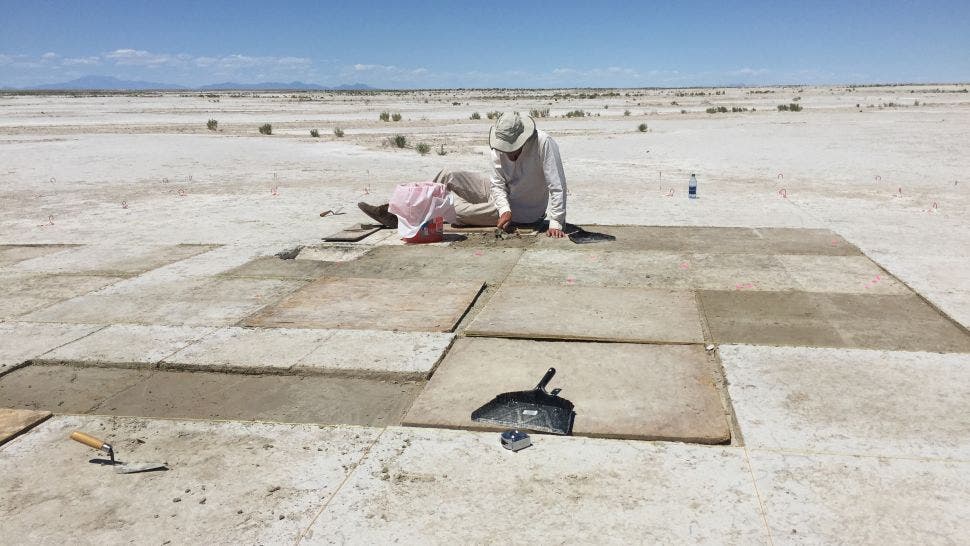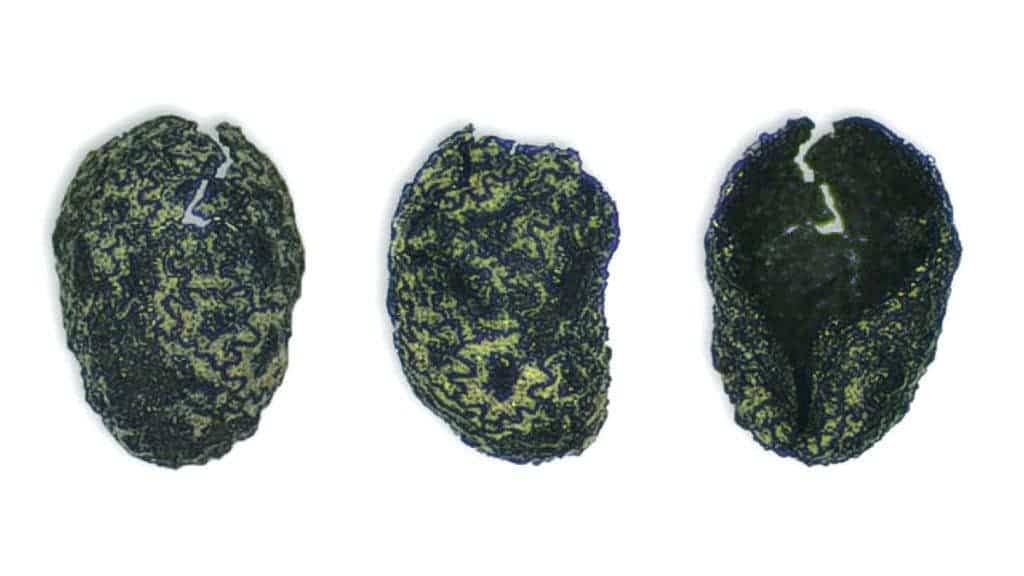
Nicotine is one of the most addictive drugs, and humans may have first noticed this as early as 12,300 years ago. That’s the age of old charred seeds of the wild tobacco plant, which were found within an ancient preserved hearth at the Wishbone site, near the Great Salt Lake Desert in Utah. Alongside the charred seeds, archeologists found stone tools and duck bones.
Previously, the oldest evidence of tobacco used dated to 3,300 years ago, based on nicotine residue found inside a pipe from Alabama. The new findings show that hunter-gatherer communities were familiar with tobacco much earlier than thought, even during the last Ice Age.
Chewing wild tobacco around the campfire

Today, there are over 1.3 billion tobacco users worldwide. The addictive habit is responsible for more than eight million deaths every year in the world.
The tobacco plant is native to North and South America and until Cristopher Columbus was given some dry leaves as a gift, people outside the two continents were not exposed to it. It soon proved a hit, though. If it wasn’t for tobacco, the English may have never succeeded in colonizing North America since the riches were far fewer than in South America where the Spaniards rapidly expanded thanks to the economic incentives.
While Native Americans used tobacco in religious ceremonies and for supposed medical purposes, the smoking of tobacco in Europe became a daily habit.
However, what the European colonists were smoking was the domesticated variety. Scientists don’t know when the tobacco plant was first domesticated and used in agriculture, but there is evidence that suggests the process began some 5,000 years ago in the Southern United States and in Mexico. Around this time, archaeologists noticed an uptick in the domestication of food crops at large and an increase in tobacco use artifacts, such as seeds, residues, and pipes stained with nicotine.
The Utah charred seeds discovered by archaeologists led by Daron Duke of the Far Western Anthropological Research Group in Nevada belong to Nicotiana attenuata, also known as coyote tobacco. This particular species of wild tobacco was never domesticated but Indigenous people in the region use it to this day.
“On a global scale, tobacco is the king of intoxicant plants, and now we can directly trace its cultural roots to the ice age,” said Duke.
Although the area where the seeds were found is now desert terrain, during the time that Ice Age hunter-gatherers consumed them, the region was a marshland filled with waterfowl and wetland plants.
Alongside the seeds, archaeologists found sharp stone-cutting tools and spear tips made from obsidian. One of the spear points was stained with remains of blood. Analysis in the lab showed the blood proteins belonged to a mammoth or mastodon.
There are no other hints regarding the culture of these hunter-gatherer groups that experimented with tobacco. But seeing how popular the plant went on to become, it is likely that people “have already been at least casually tending, manipulating and managing tobacco well before the population and food-requirement incentives that drove investments in agriculture,” Duke said.
The findings appeared in the journal Nature Human Behavior.









